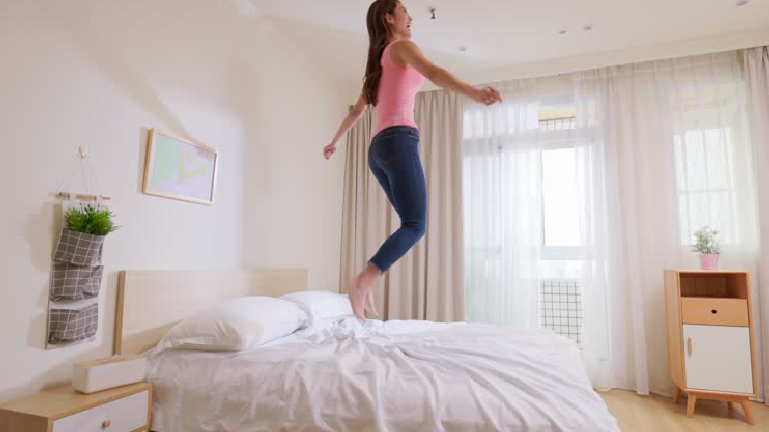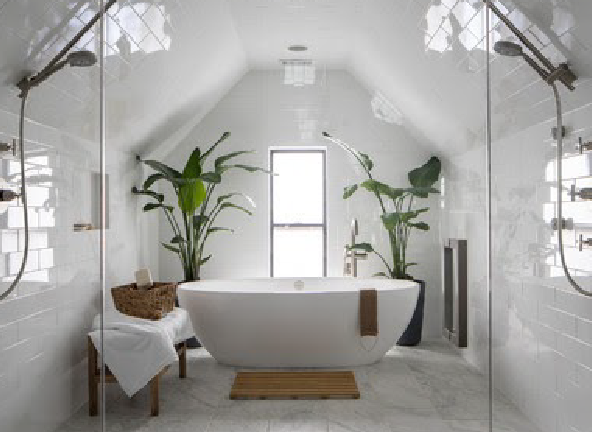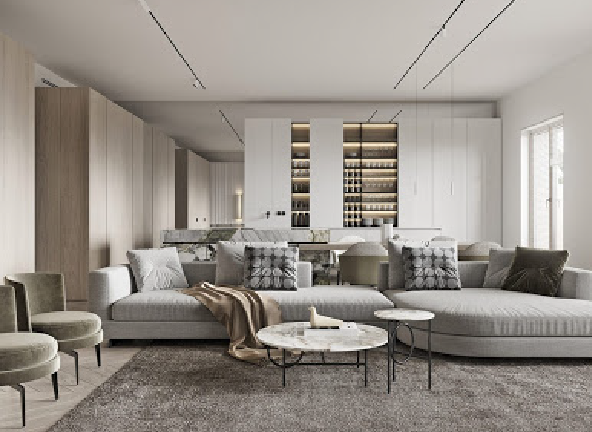Your bedroom should be your place of escape. The sanctuary that you run away to at the end of the day. The ideal place for your very own personal getaway. Our bedroom is where we sleep to rest and recuperate at the end of the day and is the first space we experience when we wake up whether or not it is a good or a bad day. And sometimes, we may even eat there. It is an extremely personal space, especially when compared to any other spaces in the household as it should be the reflection of the person who resides in it.
It is important for us to be able to go to our bedrooms to recharge and get away from all the external stress factors in our lives. Therefore, it is crucial for our bedrooms to be both functionally and aesthetically pleasing for us to feel comfortable and at home in our private space.
As the bedroom is a very personal space, the perfect dream bedroom for each individual will vary depending on their lifestyle, personal preferences and so on. Thus, there is NO one formula to the perfect bedroom. The most important thing is for the owner of the bedroom to decide what they would want their bedroom to look and feel like, what should be included and many more. That is why this article will not tell you what YOUR ideal bedroom would look like but instead aim to provide you guidance on how you can achieve your DREAM BEDROOM space.
A MOOD

Image sourced from Principia Design / Instagram
Your dream bedroom should definitely be able to pass your personal vibe check before it can really be considered your very own “Dream Bedroom”. That is why the first step is obviously to ask yourself what you want your personal bedroom space to look or feel to get an initial image in your head as a way to get yourself started.
Ask yourself these questions: How do I want the bedroom to feel when I enter it? Should it be airy and dreamy, simple but luxurious, or moody and sexy? Are there any specific elements of functions that you want your room to have to accommodate your lifestyle?
For example, if you are someone who does a lot of makeup, you may want a huge vanity table to be able to make your face up comfortably. How much storage space would you need to keep all your personal belongings whilst not making your bedroom look as if it is overwhelmed by clutter? What makes you feel the most comfortable?
Try exploring these questions on your own first before deciding to proceed with any decisions.
CHOICE OF COLOUR

Image sourced from michellemurphydesign
Thinking back to the initial image that you have in mind in your head for your bedroom design, ask yourself what colour would best convey the image that you had in mind.
If you don’t have the slightest clue as to what kind of colours you can start to consider, interior designers would usually recommend subtle and soothing colours of monochromatic tones for bedrooms because it is supposed to be a restful and peaceful sanctuary for the room owner. It isn’t recommended for bedrooms to be styled with bold primary colours.
THE RIGHT SIZED FURNITURE

Image sourced from Pinterest
While it is important to find furniture that looks good, it is equally important (if not more important) to find furniture that can actually FIT your bedroom. You don’t want to go through all the trouble of getting all those beautiful bedroom pieces (that may or may not cost A LOT), only to find out that it can’t fit into the space it was meant to be in. So please remember this ladies and gentlemen, furniture should fit the room that it occupies. This is especially emphasised when it comes to bedrooms that are not very big but still want to look well-balanced overall.
If possible, it would be good to get a floor plan or a measured drawing of your bedroom space. Don’t choose a bed or wardrobe that is too large or heavy for your small bedroom. Choose to put what is important into your private sanctuary. If your bedroom is large, you could also add little pieces here and there to let the room look a little more balanced. And, make sure that the furniture and accessories you choose for a bigger bedroom are not TOO small so it won’t look out of place in the large space.
LIGHT IT UP!

Image sourced from Artoog_Lighting
The more sources of lighting that you have in your bedroom, the better it is for your eyes and the finishing look or mood of your dream bedroom.
There is the idea of “layering” your lighting options throughout your dream bedroom. Think about different lightings that can be used for different purposes. For example, (1) ambient lighting that can help light up the whole space, (2) small focus lights that can act as small lamps for reading or other activities, (3) accent lights that can help soften the illumination of the wall’s colours, and (4) natural lighting to make the room look bigger, lighter and airier. It is ideal for the lights to be adjustable from dim to bright or bright to dim. You could also install separately on and off controls to control which light you want to leave on in the bedroom area selectively.



